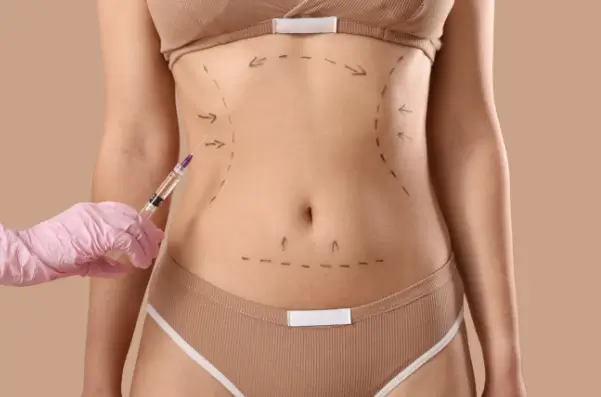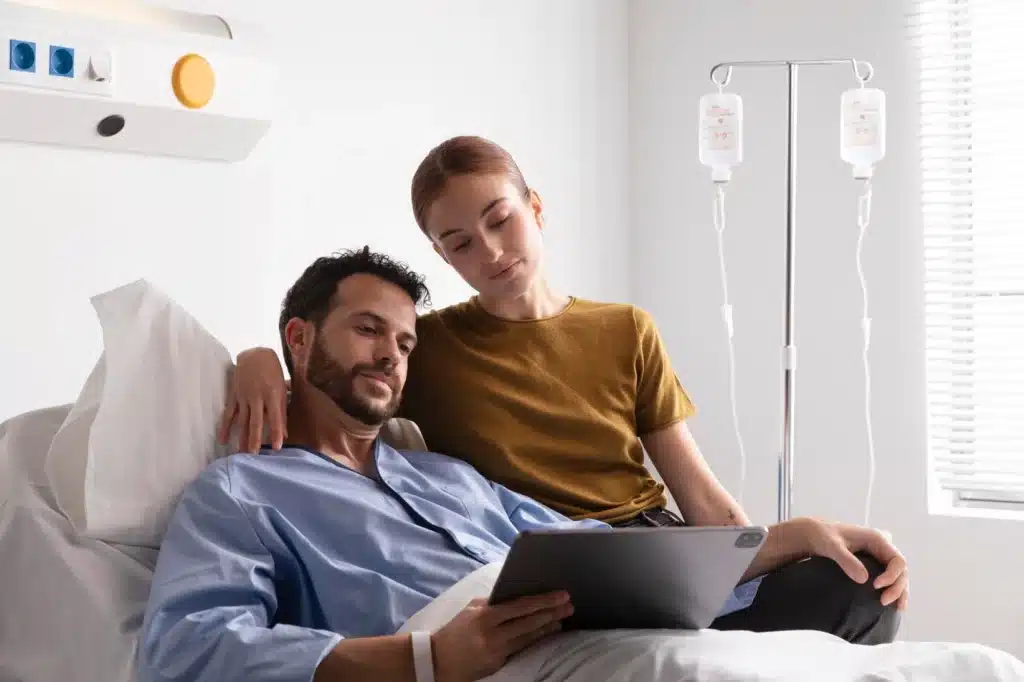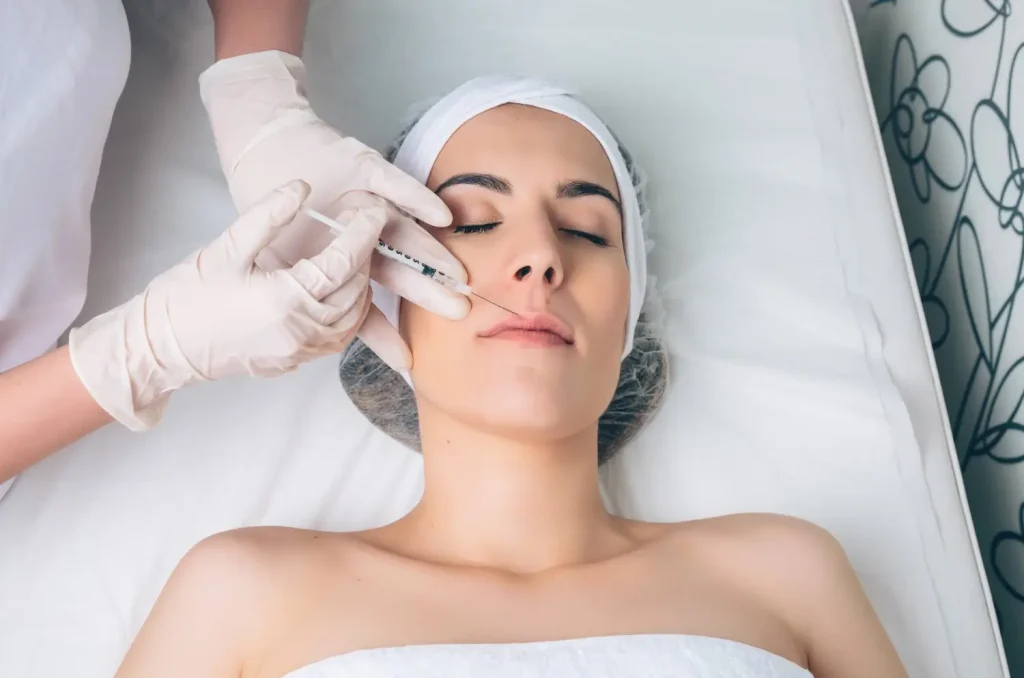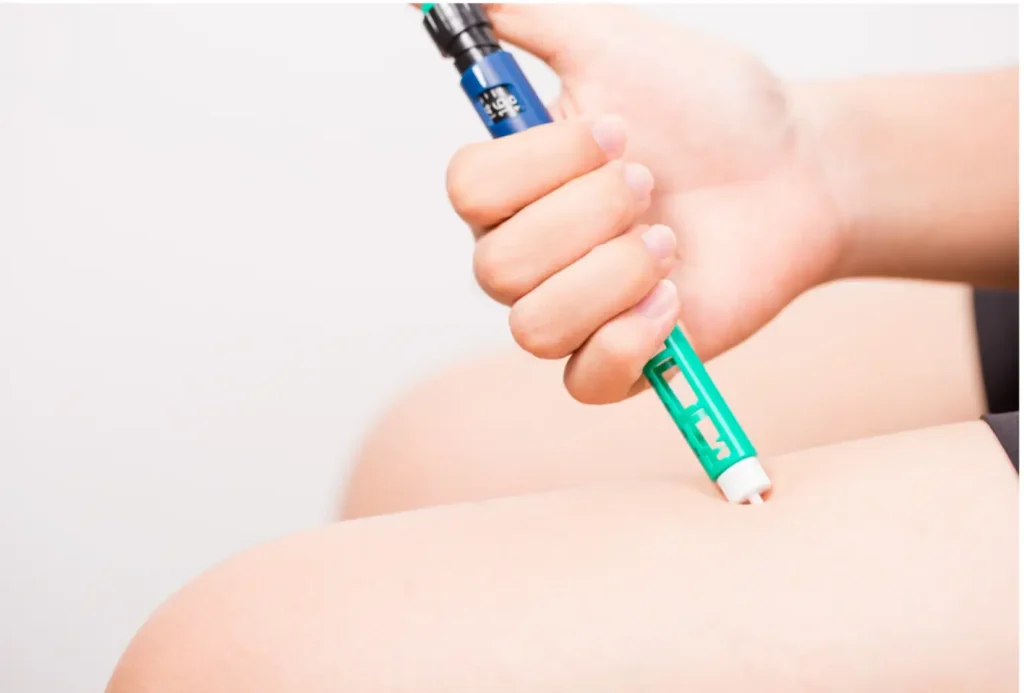Genetics plays a key role in how fat accumulates in specific areas of the body, with certain individuals more predisposed to localized fat despite leading healthy lifestyles. Areas such as the chin, abdomen, thighs, and flanks are common trouble spots where fat can be particularly difficult to reduce.
Aqualyx is an injectable treatment that works by breaking down fat cell membranes, which allows the body to naturally process and eliminate the released fatty acids. This fat-dissolving technique is becoming an increasingly popular alternative to invasive procedures.
In this article, we will examine the most effective Aqualyx injection spots, how the treatment works, and which areas respond best to this fat-dissolving approach.
Key Takeaways
- Aqualyx is an injectable treatment designed to target and dissolve localized fat deposits, especially in areas resistant to diet and exercise, such as the chin, abdomen, thighs, and arms (also known as “bingo wings”).
- Precise dosing is crucial for achieving effective results, as treatment volumes vary according to the target area. Smaller areas like the chin typically require 1.5–2.5 mL, while larger areas like the flanks may require up to 20 mL.
- Treatment generally requires multiple sessions spaced 3–4 weeks apart to achieve optimal fat reduction, with gradual improvements observed after the first few treatments.
- The injection technique includes methods like cannula mapping and depth targeting to ensure even distribution and minimize complications.
- Patient suitability is key. Ideal candidates have areas with sufficient fat volume (over 3 cm) and good skin elasticity. Those with conditions such as obesity or skin laxity may not benefit as much.
- Proper documentation and assessment are essential for tracking progress, with tools like photography, circumference measurements, and fat pinch thickness used to monitor changes over time.
- Aqualyx offers a non-invasive alternative to liposuction for contouring, though it is not a weight-loss solution and is intended for localized fat reduction.
About: Medical Spa RX provides medical practices with premium products at the best prices. If you’re looking to buy Aqualyx online for your practice, the sales representatives at Medical Spa RX can give you guidance.
Aqualyx Approved Target Areas
Aqualyx is designed to target small, localized fat pockets that are difficult to eliminate through lifestyle changes alone. It’s widely used in medical aesthetics and cosmetic clinics, where it has been approved for use in several anatomical zones. While Aqualyx’s FDA approval has not yet been granted in the United States, the treatment is authorized and regulated in various other countries.
The most common and effective treatment sites include:
- Submental (under-chin) fat, often targeted for jawline definition
- Abdomen, including upper and lower belly fat
- Flanks or love handles
- Outer and inner thighs, to contour the leg silhouette
- Arms, especially the underside or “bingo wings”
- Knees, for small fat deposits around the joint
- Bra line/back bulges, where fat can be especially resistant
Each area responds differently to Aqualyx, requiring a thorough assessment of skin elasticity, fat volume, and symmetry before planning a session.
Aqualyx Volume Variation by Site
Aqualyx treatment volumes are not standardized, and the dose varies based on fat deposit size and depth. Precise dosing ensures effective fat breakdown while minimizing side effects. Below is a general guide for session volume:

- Chin area: 1.5–2.5 mL (up to 3–8 mL)
- Arms and knees: 6–12 mL for upper arms; 3–5 mL for knees
- Flanks/love handles: 4–6 mL per flank (8–16 mL total)
- Abdomen (upper/lower): 8–10 mL (sometimes up to 20 mL)
- Thighs: 6–8 mL per thigh (12–16 mL total)
- Bra/back bulges: 8–14 mL per session
A smaller dose is often preferred during the first session to assess tolerance and to evaluate how the body responds to the treatment. Follow-ups are spaced 3–4 weeks apart, with similar or reduced volumes used, depending on the results of fat reduction.
Aqualyx Injection Technique per Anatomy
Precision is key in Aqualyx treatment, as the injection method must be tailored to the anatomical characteristics of the treatment area. A common technique includes:
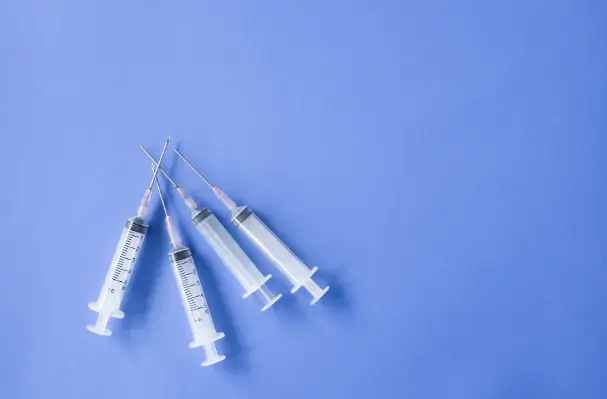
- Cannula Mapping: Using fanning or cross-hatching methods to ensure even distribution
- Depth Targeting: Injecting only into the subcutaneous fat layer, never intramuscularly
- Avoiding Sensitive Structures: Special care is required near areas like the face, where neurovascular bundles are present
- Entry Points: Made at the periphery of the area to reduce trauma and improve healing
Larger areas may require extensive mapping and multiple entry points. Extra caution is necessary for high-risk areas such as the chin or inner knees to avoid complications like nerve irritation or uneven fat loss.
Exclusion Criteria by Area
Not every fat pocket is suitable for Aqualyx treatment. Proper screening helps prevent poor outcomes or complications. Key considerations include:
- Insufficient Fat Volume: Areas with less than 3 cm of pinchable fat may not respond well
- Skin Laxity: Loose or sagging skin may worsen post-treatment unless skin tightening procedures are incorporated
- Obesity: Aqualyx is not a weight-loss treatment and is less effective for individuals with high BMI
- Chin: Weak mandibular support or heavy jowls can complicate treatment
- Abdomen and Flanks: Diastasis recti or hernia may make these areas unsuitable
- Knees: Thin skin and minimal fat may result in overcorrection
Aqualyx Documentation and Assessment
Effective Aqualyx treatments begin with clear baseline records to track progress. Practitioners should follow these documentation steps:
- Photography: Using consistent angles, lighting, and posture to compare before and after
- Circumference Measurements: Using a soft measuring tape to track the treated area
- Fat Pinch Thickness: Measured in centimeters to quantify fat reduction over time
- Patient Notes: Include details about the area treated, volume used, technique applied, and patient response
This documentation helps track fat reduction, ensures transparency, and allows for adjustments in future sessions.
Conclusion
The success of Aqualyx relies on the careful selection of injection spots, proper dosing, and precise injection techniques. From the chin to the thighs, each anatomical area has unique characteristics that impact both the treatment plan and the expected results. Additionally, factors such as skin tone, fat volume, and body type play critical roles in determining whether a patient is a suitable candidate for Aqualyx.
By combining clinical judgment, patient-specific assessment, and accurate mapping, Aqualyx can provide targeted fat reduction with minimal side effects, helping patients achieve smoother, more defined contours. Whether addressing the bingo wings or love handles, Aqualyx offers a precise solution for localized fat reduction, delivering results that are both safe and satisfying.
FAQs
1. Can Aqualyx be used on the stomach?
Yes, Aqualyx is commonly used on the upper and lower abdomen to reduce localized fat bulges.
2. How many sessions are needed for visible results?
Most areas require 2–4 sessions spaced 3–4 weeks apart, depending on fat volume and patient response.
3. Is Aqualyx painful?
Patients should expect mild discomfort, but practitioners usually use an anesthetic or numbing cream beforehand to reduce pain.
4. Can Aqualyx treat cellulite?
No, Aqualyx only reduces fat. Moreover, cellulite involves a different skin structure issue.
5. What areas should be avoided?
Aqualyx won’t be effective in areas with thin skin, little fat, or high vascularity.
6. How soon can I see results?
Visible changes often appear after 3–6 weeks as the body naturally flushes out broken-down fat cells.
7. Can I combine Aqualyx with other treatments?
Yes, patients can receive combination Aqualyx alongside skin tightening procedures or contouring treatments, but only under the guidance of a professional.
References
Harvard Medical School. Why people become overweight. Harvard Health. Published June 24, 2019. https://www.health.harvard.edu/staying-healthy/why-people-become-overweight
Groff E. New molecular nutrition research helps explain how fat cells develop. Cornell College of Human Ecology. Published January 19, 2024. https://www.human.cornell.edu/news/imported/2024/01/new-molecular-nutrition-research-helps-explain-how-fat-cells-develop
Nall R. About Aqualyx Fat-Dissolving Injections. Healthline. Published December 12, 2020. https://www.healthline.com/health/aqualyx

